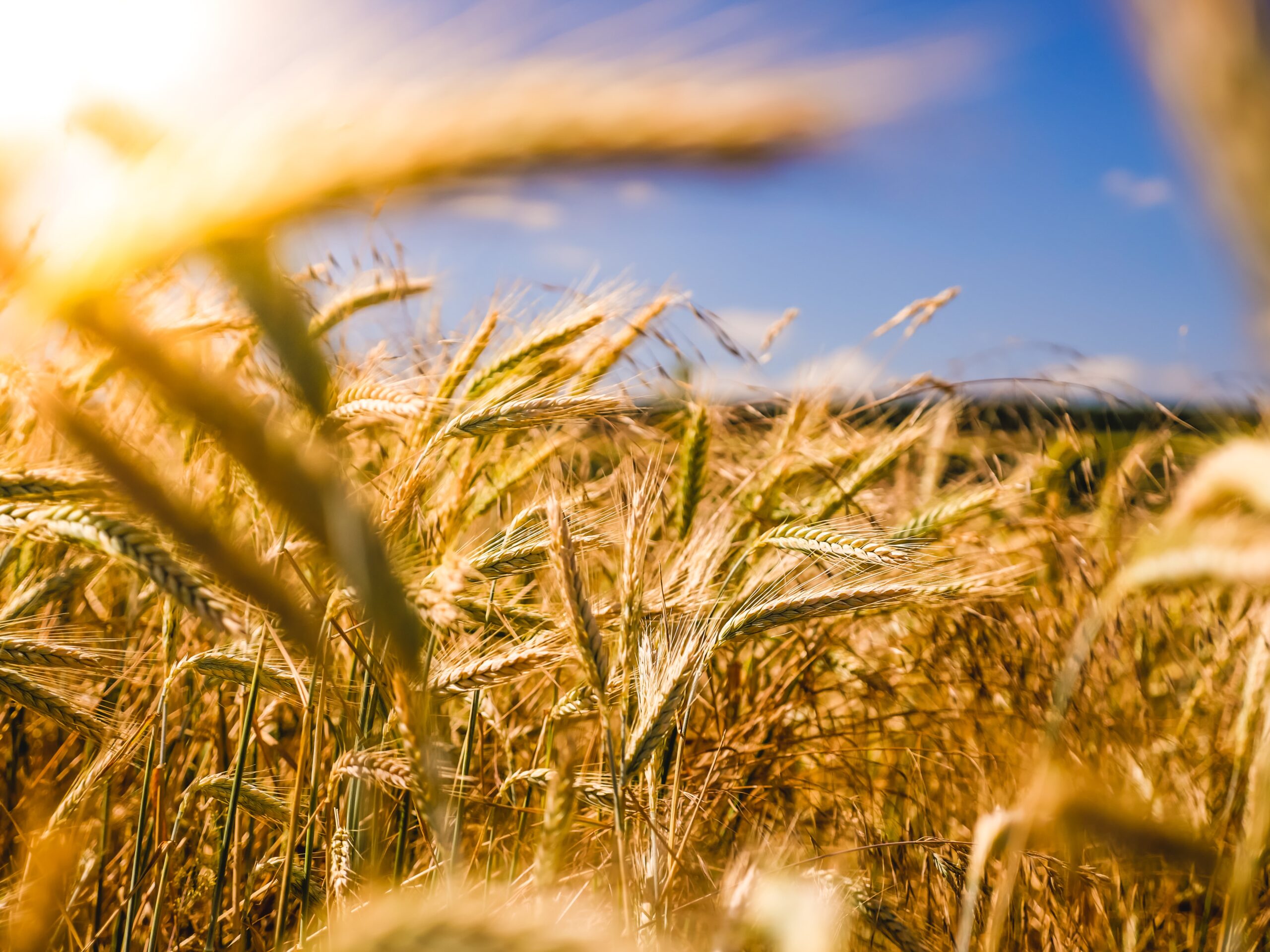For thousands of years, agriculture has been instrumental in building human civilization, yet it continues to face pressing issues even today. To put it in numbers, one-third of people in the world did not have access to adequate food in 2020.
Why? There are numerous factors at play here..
Economic slowdowns, mistrust, conflict of interest, or quality concerns are all influential. Consumers and food producers face a number of challenges, such as a lack of transparency for food system partners and the lack of trust and connectivity between them. Consumers are often forced to rely on producers without having full access to food data. All of this leads to deteriorating confidence in the quality of production, mistrust, and conflicts.
Today, there is an urgent call for a transformation in agriculture and a modern approach that meets the needs of our interconnected and highly digitized society. The agricultural sector is in desperate need of a solution that can improve food safety, enhance food quality, and offer full transparency and traceability of the supply chain. This is where blockchain could be the answer that we’ve been looking for.
